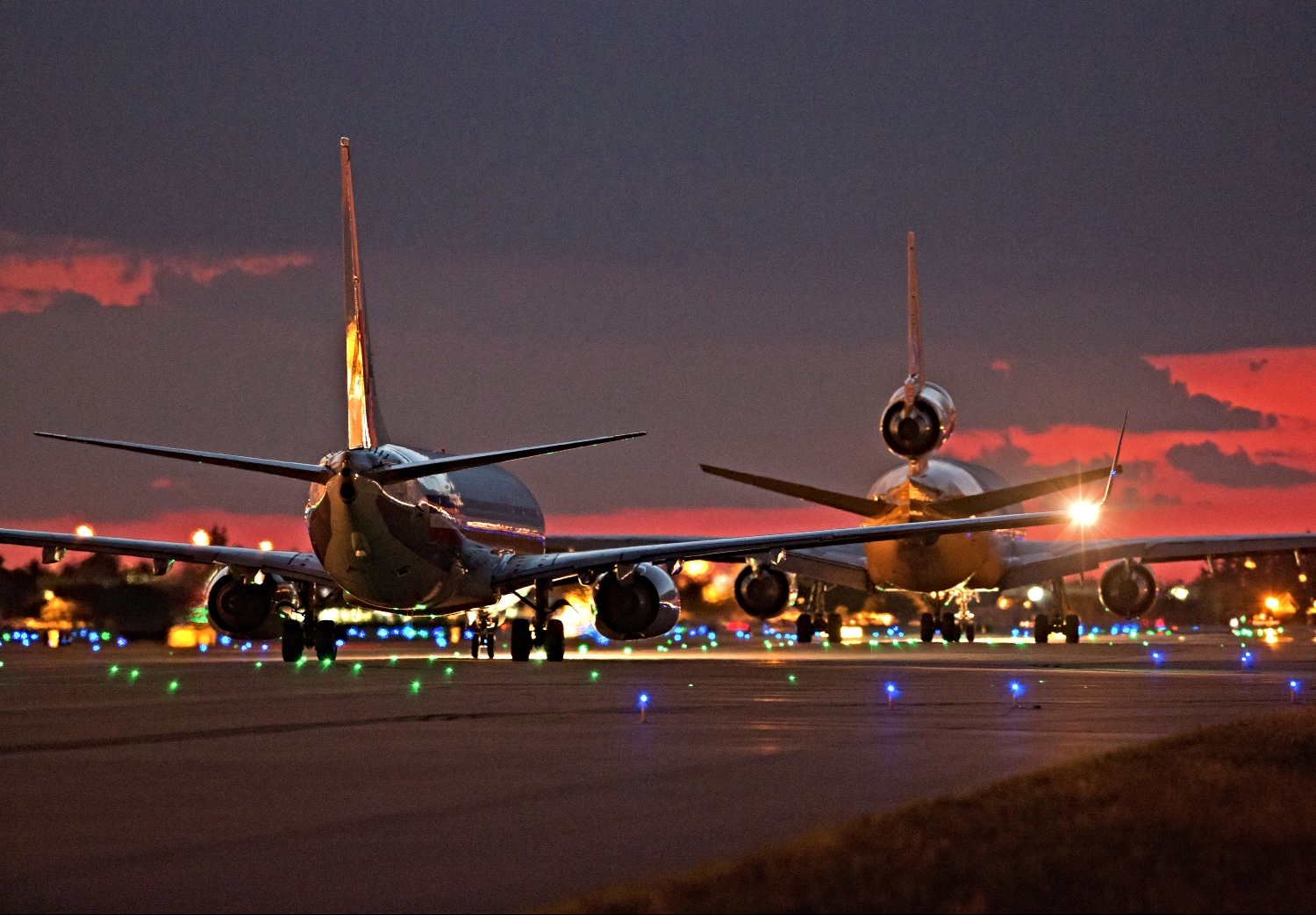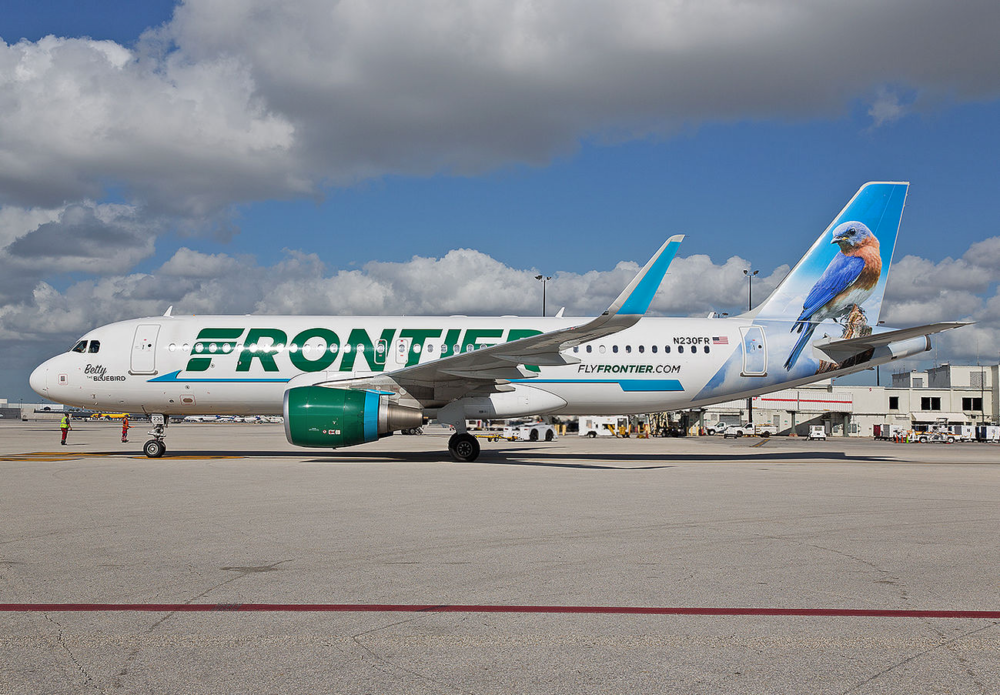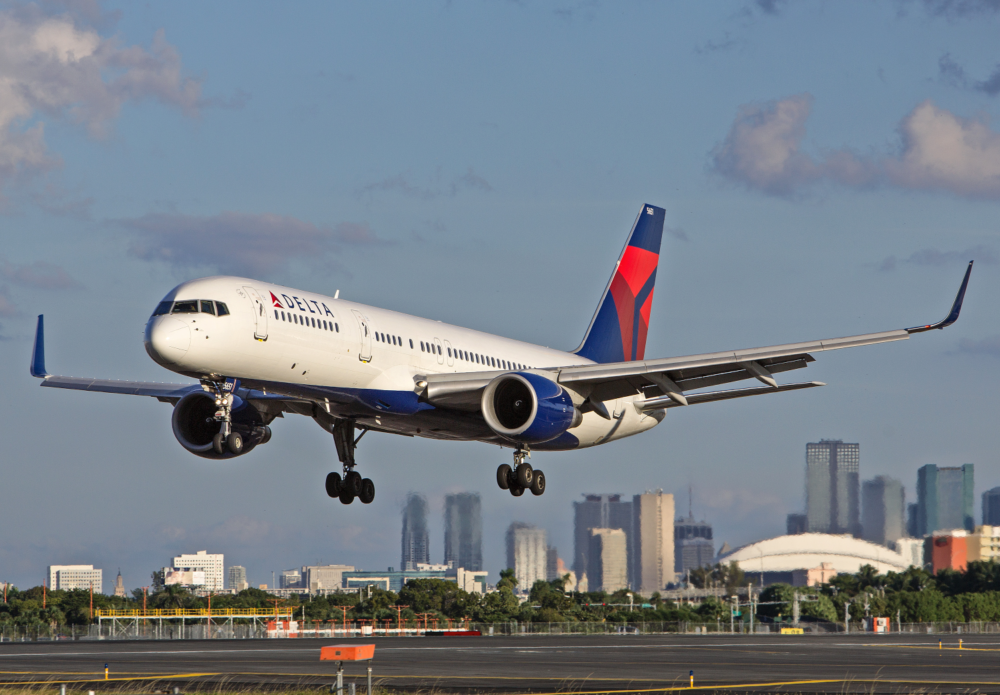Since 2000 the number of major airlines operating in the United States has shrunk. A series of mergers and acquisitions saw three powerhouse airlines emerge; Delta Air Lines, United Airlines, and American Airlines. Between them, these three airlines now have around half of the overall US domestic market to themselves. That's a juicy slice of a big market pie, at least in normal times.
A busy 20 years across the United States airline industry
History buffs will recall American Airlines acquired with Trans World Airlines in 2001. Twelve years later, American Airlines merged with US Airways. As a result, two well-known airline brands disappeared from airports. In 2008, Delta Air Lines merged with Northwest Airlines in a multi-billion dollar deal that saw the Delta brand remain intact and the Northwest brand drop off the radar.
Two years later, United Airlines merged with Houston-based Continental Airlines. While the Continental name disappeared, Continental's logo, livery, and branding look still survives on contemporary United Airlines aircraft. These big deals also overlook the many mergers and acquisitions among smaller airlines in the United States. Alaska Airlines bought Virgin America in 2016. Frontier Airlines merged with Midwest Airlines in 2016. Southwest Airlines acquired Indianapolis-based ATA Airlines in 2008. That's just a taste of a busy 20 years across the aviation industry in the United States.
What caused so many mergers and acquisitions?
Why did this happen? Why were United States-based airlines so keen on mergers and acquisitions. There's a very Darwinist reason - survival of the fittest. The stronger airlines picked off the weaker airlines. Bringing the weaker airline's assets and infrastructure into the stronger airline then consolidates and enhances the stronger airline's market position. Disregarding the travel downturn which has upended the airline industry everywhere, American Airlines operated 855 mainline aircraft at the end of 2020. Delta and United have similar fleet sizes. These are big airlines with big footprints. That size is a direct consequence of the previous mergers and acquisitions in the industry.
Stay informed: Sign up for our daily aviation news digest.
If you bring the fourth big airline in the United States into play, the combined market share of these airlines jumps to about 67%. Southwest Airlines still convinces many people it's a brash-upstart airline that's careened into and shaken up the conventional airline industry. But Southwest Airlines turns 50 this year. To that extent, it's as much a part of the aviation landscape as United, Delta, or American.
Southwest broke the mold, driving growth by creating a new market
However, whereas the three conventional legacy carriers fuelled much of their growth by mergers and acquisitions, Southwest Airlines drove much of its growth by pioneering the low-cost airline sector in the United States. Southwest created a new market space, whereas United, Delta, and American largely rearranged their existing markets, driving growth that way.
That's not to say Southwest will turn a blind eye to a good deal when it sees one. Before ATA Airlines went broke in 2008, it and Southwest Airlines had a relationship and codeshared on some routes. When ATA Airlines was up for sale, Southwest picked up its assets, including slots. That deal enabled Southwest Airlines to start flying to New Yorks' LaGuardia Airport, courtesy of ATA Airlines' former slots there.
It's often easy to view any industry as a static, unchanging thing. Not so. Like people, businesses and industries don't stand still. Beyond the short term, everyone and everything needs to grow and evolve to survive. Airlines are no different. With that in mind, the era of mergers and acquisitions among airlines across the United States and the world isn't over.
What airlines do you think are likely candidates to merge? Do you think any airlines are likely to be sold in the near future? Post a comment and let us know.



